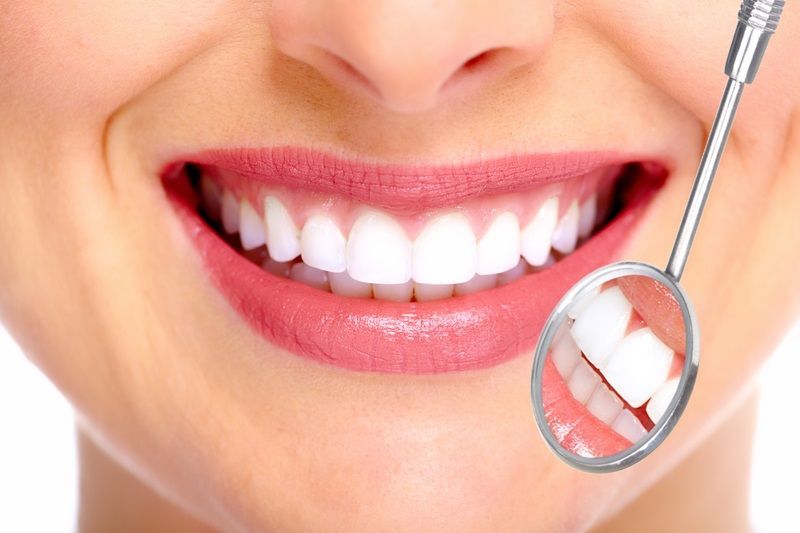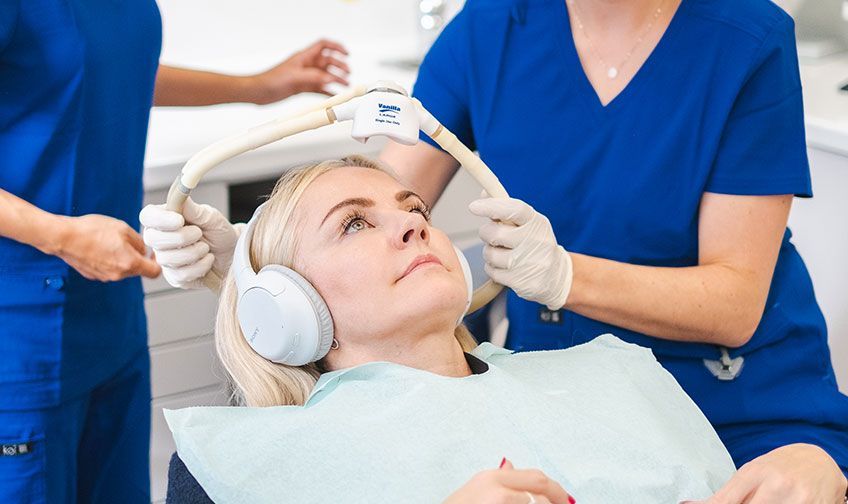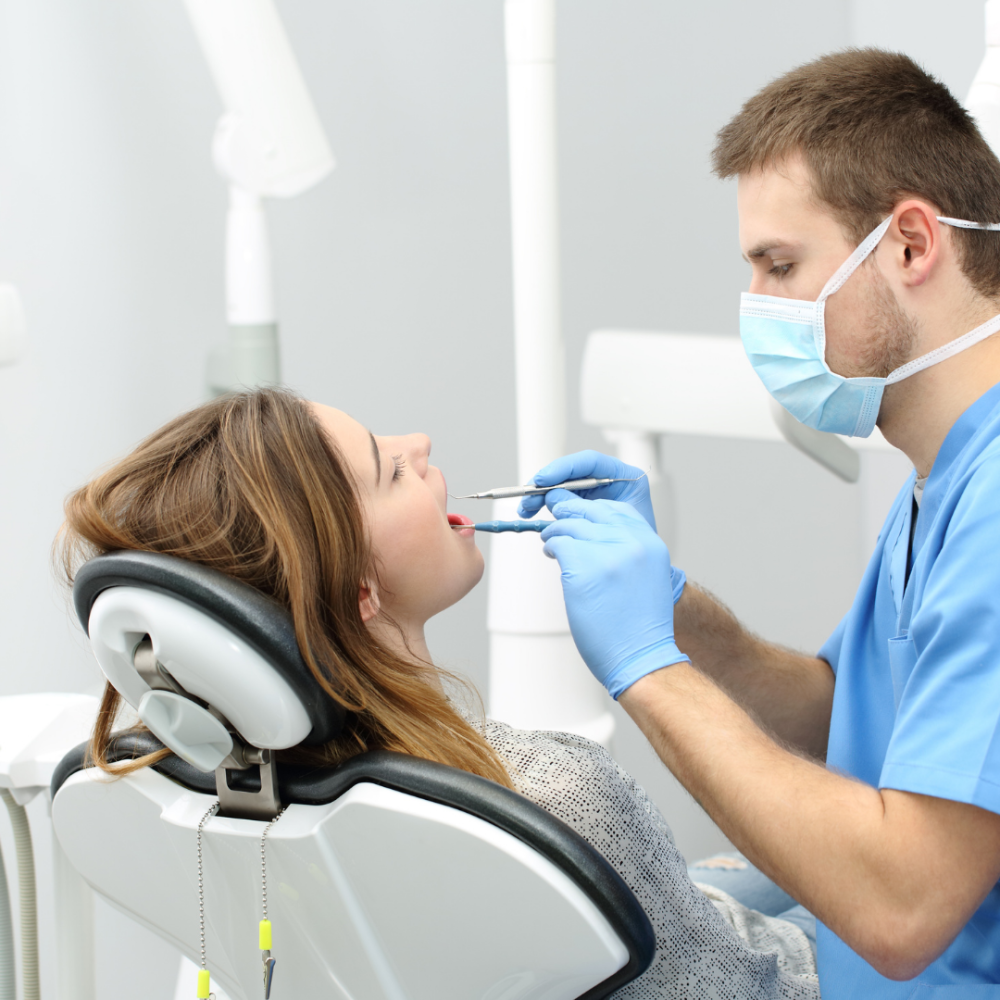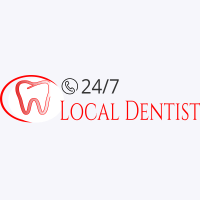Inflammation of the gum line characterizes gum disease — a bacterial infection otherwise known as periodontitis or periodontal disease. Without treatment, it can progress and impact the surrounding and supporting bone of your teeth. As a result, periodontal disease can lead to bone and tissue loss, loose teeth, and eventual tooth loss.

How It Works: Scaling and Root Planing for Gum Disease
What causes gum disease?
Bacteria in dental plaque, which takes the form of a glutinous and colorless film, constantly forms on your teeth. Plaque can harden and develop into tartar (calculus), particularly if you do not have good oral hygiene habits nor visit a dentist for routine dental cleaning procedures. Once formed, brushing and flossing cannot remove dental calculus.
What are the stages of gum disease?
The three stages of gum disease are:
- Gingivitis. The earliest stage of gum disease. Accumulation of plaque at the gum line causes gingivitis or inflammation of the gums. Redness, swelling, and bleeding during brushing and flossing are common signs of gingivitis. Addressing gum disease at this early stage is often successful because the bacteria has not penetrated the bone and connective tissue, both of which hold the teeth in place.
- Periodontitis. The supporting bone and fibers of the teeth are damaged at this stage. Pockets below the gum line are present, allowing dental plaque to infiltrate and grow below the gum line.
- Chronic or advanced periodontitis. In this stage of gum disease, the bone and fibers of the teeth are experiencing substantial damage, often causing the teeth to shift or loosen. As a result, advanced periodontitis can affect your ability to eat and speak.
Gum disease is a common oral health issue that, throughout decades, has been easy to overlook. According to a 1999 study, researchers at the U.S. National Institutes of Health found that 50 percent of Americans over 30 had bleeding gums. While many people assume that finding blood after brushing or flossing is normal, the mortifying truth is gum disease may be the cause.
Fortunately, you can improve your oral health with effective treatments for gum disease.
What is scaling and root planing in CA?
In the United States alone, periodontitis affects 64.7 million people. Here at 24/7 Local Dentist, our periodontists and dental hygienists may recommend scaling and root planing, also known as conventional periodontal therapy, to prevent gum disease from progressing.
A 2015 study published in the Journal of the American Dental Association acknowledges scaling and root planing as beneficial to patients with periodontitis. This deep-cleaning and non-surgical gum disease treatment works by scraping away (scaling) plaque and tartar from the gum line, as well as smoothening (planing) any rough spots on the tooth root (occurs in severe periodontitis). Root planing is often, but not always, an essential procedure that reaches deeper to address the surface of a tooth’s root. It eliminates bacteria and renders a clean surface for the gums to reattach to the teeth.
What are the types of dental scaling tools?
There are two types of scaling instruments. Some dentists, periodontists, and dental hygienists may use one or both:
- Scaling with hand-held tools. Our top dentists at 24/7 Local Dentist may use a dental scaler and curette to remove plaque from your teeth. Since plaque is colorless, dental experts often rely on touch to distinguish areas of tartar buildup and any rough spots.
- Dental scaling with ultrasonic instruments. Ultrasonic scaling instruments remove sticky plaque from the teeth with a vibrating metal tip and a water spray to wash tartar away.
Is dental scaling painful?
Teeth scaling and root planing may cause minimal discomfort. Keep in mind, however, that before the teeth scaling process begins, a dentist will numb your gums and tooth roots with local anesthesia. Anesthetics play a vital role in reducing any pain and distress you may feel during a dental procedure.
How long does scaling and planing take?
In general, this methodical procedure is broken up into two appointments. But depending on your needs, our top periodontists in California can complete a scaling procedure in a single visit.
What are some aftercare tips?
Immediately after scaling and root planing, you can expect your gums to feel numb from the anesthesia and perhaps a bit tender. You may also experience some sensitivity during the first few days. The gums, in some cases, may appear swollen during the healing process for a few days as well.
Proper dental care at home is important to prevent gum disease from worsening or recurring. Therefore, maintaining a consistent oral health routine of twice-a-day tooth brushing and daily flossing is the best way to regain your gums' firm, healthy, and pink appearance after scaling and planing. Also, remember to eat a balanced diet, avoid using tobacco, and see your dentist every six months or as directed.
Will there be additional root scaling treatments?
To measure the depth of your cleaned pockets and ensure that your gums have healed, your hygienist or periodontist will schedule another visit to examine your progress. If the pockets have become deeper, additional treatment may be necessary.
What are some dental scaling precautions?
Your dental professional must know your medical history before performing a scaling and root planing procedure. Because this dental technique can introduce bacteria into the bloodstream, extra precautions are crucial when treating gum disease in people with an increased risk for infections. These include men and women with diabetes, liver disease, or a weakened immune system due to a specific illness, such as HIV.
Where to Get Gum Disease Treatment in California
The team here at 24/7 Local Dentist is committed to the highest standards of oral care. We offer an extensive range of contemporary specialty services, including the latest in gum disease diagnosis and treatment. We work collaboratively with our general dentists and other dental specialists, helping patients to achieve an optimal level of oral health, aesthetics, and comfort.
For expert periodontal evaluation, diagnosis, and treatment — contact our office. Dial (833) 220-2448 today or complete our online form to request a free dental exam.










